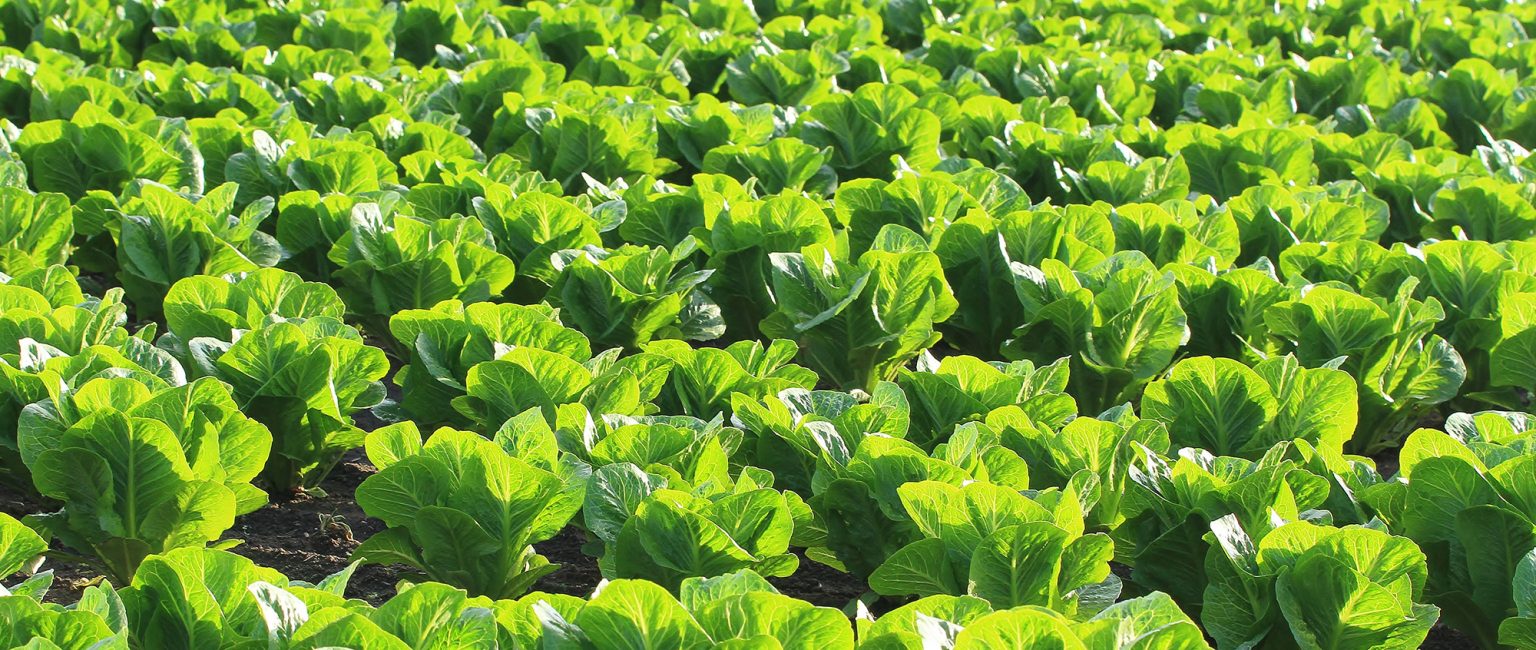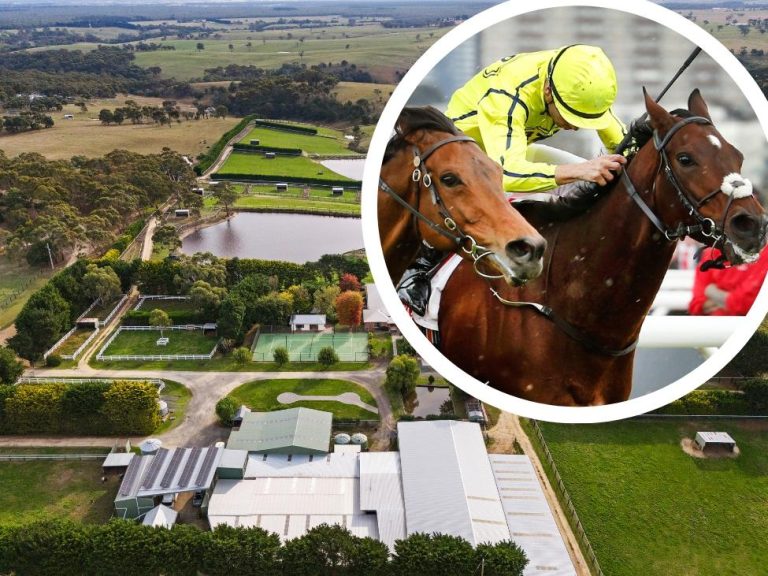Horticulture facing ‘perfect storm’ of cost pressures and possible consolidation

A perfect storm of local and international factors affecting Australian horticulture, which has sent the price of some fruit and vegetables skyrocketing, could lead to consolidation in the sector, as investors look to take advantage of the crisis by buying up farm enterprises.
Experts say a broader, historic trend of the “disappearance of the middle” – where medium-sized agriculture businesses either grow to become larger or fail altogether – could also accelerate in the horticulture industry, where producers are paying record prices for the key inputs of fuel and fertiliser and facing other challenges, such as labour shortages and extreme weather events in some parts.
This is putting serious pressure on margins, even though consumer prices are high and most growers are enjoying generally-excellent seasonal conditions.
Scale ‘becomes very important’
Jared Greenville, executive director of ABARES, the science and economics research division of the federal government’s Department of Agriculture, Water and the Environment, said while it’s too early to tell the ultimate impact of the crisis on the industry, scale “becomes very important” to a business when facing rising cost pressures.

Horticulture business face increased fuel and fertiliser costs amid labour shortages and extreme weather events in some parts of the country. Picture: Getty
“Over the last 20 years, Australian horticulture has been a massive growth story. It’s grown by 115% in real terms and consumers have more choice than ever, so the sector remains very optimistic across the board … but scale is becoming a factor, for sure, and what you can do with scale.
“These [current] pressures could force more consolidation going forward. The horticulture sector is attractive for investment and has been for a while,” Mr Greenville said.
He explained that like the wider agriculture industry, horticulture in Australia is mainly Australian owned and investment is locally driven.
“Like in other parts of the agricultural sector, we are seeing a ‘disappearance of the middle’ type of pattern, where those in the middle either grow to become larger or ultimately fail,” Mr Greenville said.
Land prices will be ‘interesting’
Senior dairy and consumer foods analyst at Rabobank Michael Harvey said the latest quarterly consumer price index showed food prices have seen their largest inflation rise in more than 10 years. ABS figures showed vegetable prices rose by 6.6% and fruit prices increased by 4.9% in the March quarter.
“And we believe there is more to come. The price of oil is going to be expensive for the next 12 months, which means the price of production will remain expensive, and there’s no relief in sight for fertiliser prices. Supply chains are also going to remain jumbled for a period of time,” he said.
With cost pressures not going anywhere, the margin squeeze for producers remains real and may push some out, Harvey said. “Ongoing consolidation and aggregation will be a key theme, absolutely,” he said.
What happens to Australian horticultural land prices in the next year will be fascinating, Harvey added.
“Global events are going to continue to create a challenging operating environment – we believe there’s more food inflation coming – and you’ve got a few drivers around what it means for land values, which are going to shift over the next 12 months, so it’s going to be interesting.”
Small farms hit the hardest
PropTrack economist Anne Flaherty said the current tough conditions would hit smaller farmers hardest.
“We might therefore start to see larger agricultural investors try and take advantage of the current challenges – and that’s not new. We have seen the trend over decades, where smaller farms are eaten up by both Australian and offshore investors,” she said.
On the flip side, “the demand for fresh produce isn’t going anywhere, so there is a great argument to made for holding onto such assets too,” Ms Flaherty said.







